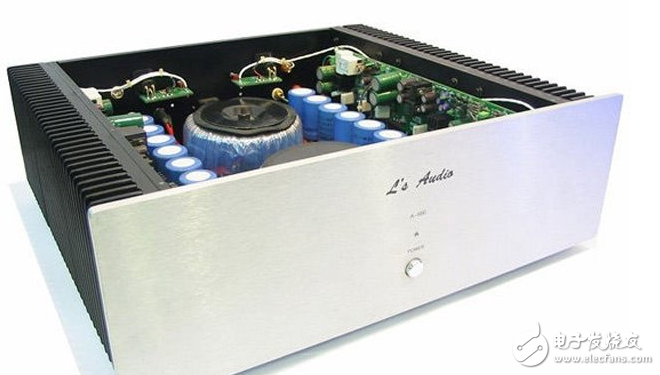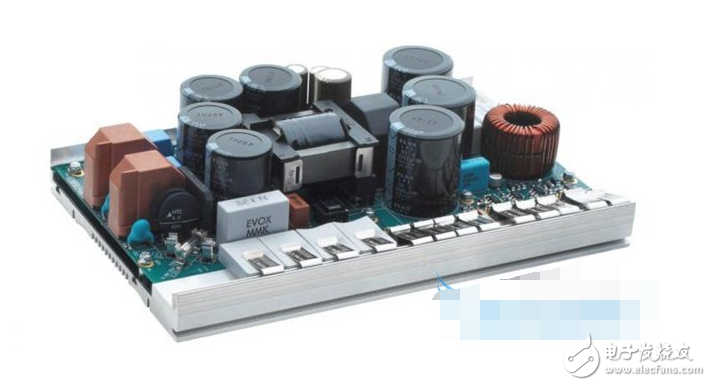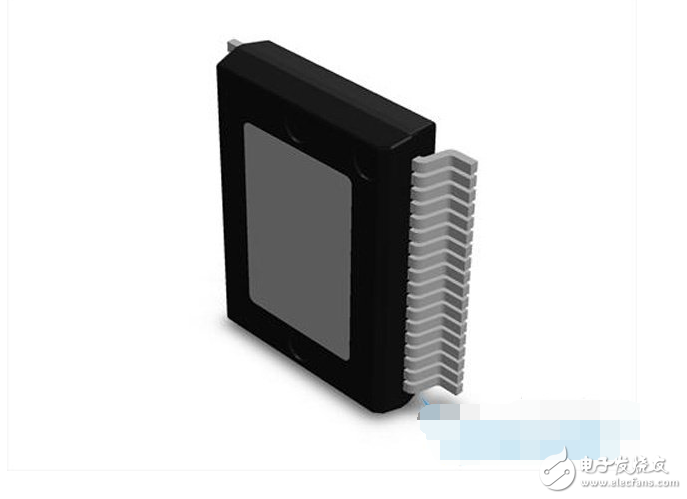What are the advantages and disadvantages of class d amplifiers?
Class D amplifiers refer to Class D audio power amplifiers (sometimes referred to as digital power amplifiers). By controlling the ON/OFF of the switching unit, the amplifier that drives the speaker is called a Class D amplifier. Class D amplifiers were first proposed in 1958 and have become popular in recent years. It has been published for many years, compared with the general linear class AB power amplifier circuit, Class D power amplifier has high efficiency and small size.
Class d power amplifier working principleClass D power amplifier design considerations are completely different from Class AB power amplifiers. At this point, the linearity of the power amplifier tube has little meaning, more important switch response and saturation voltage drop. Since the pulse frequency of the power amplifier tube is several tens of times that of the audio signal, and it is required to maintain a good pulse front and rear edge, the switching response of the tube is better. In addition, the efficiency of the whole machine is all the tube consumption caused by the tube saturation pressure drop. Therefore, the small pressure drop of the saturation tube is not only efficient, but also the heat dissipation structure of the power amplifier tube can be simplified. A few years ago, the high-frequency and high-power tubes were expensive, which limited the development of Class D amplifiers to some extent. Nowadays, small current controlled high current MOSFETs have been widely used in the industrial field. Especially in recent years, UHC MOSFETs have been applied to Hi-Fi power amplifiers, and device barriers have been eliminated.
The modulation circuit is also a special part of the class D amplifier. To modulate audio below 20 kHz into a PWM signal, the frequency of the triangular wave must be at least 200 kHz. The frequency is too low to reach the same required THD standard, and the components of the passive LC low-pass filter are high in requirements and complicated in structure. The frequency is high, the output waveform is small in sawtooth, closer to the original waveform, and the THD is small, and the filter can be made with a relatively low inductance, a small volume and a relatively small precision and capacitance, and the cost is correspondingly reduced. However, at this time, the switching loss of the transistor rises as the frequency rises. The high frequency loss in the passive device and the skin effect of the radio frequency will reduce the efficiency of the whole machine. Higher modulation frequencies also cause radio frequency interference, so the modulation frequency cannot be higher than 1 MHz.
At the same time, the shape of the triangular waveform, the accuracy of the frequency, and the jitter of the clock signal all affect the distortion of the signal restored later than the original signal. So to achieve high fidelity, there are many considerations that are similar to digital audio fidelity.
Another factor that has a lot to do with sound quality is the passive filter between the drive output and the load. The low-pass filter operates at high currents and the load is the speaker. Strictly speaking, the change of the impedance of the speaker should be taken into account together in the design, but it is not feasible to designate the speaker as a power amplifier product, so the combination of the class D amplifier and the speaker has a world of enthusiasts. It has been proved that when the distortion requirement is below 0.5%, the second-order Butterworth flattest response low-pass filter can be used to meet the requirements. If the requirements are higher, a fourth-order filter is required, and problems such as cost and matching must be considered.
In recent years, general-purpose Class D power amplifiers have integrated circuit chips, and users only need to design low-pass filters as required.
What are the advantages and disadvantages of class d amplifiers?Advantages of Class D Power Amplifiers
There are many advantages of class d amplifiers. Let me talk about them in detail below.
1. Class d power amplifier has a high energy conversion rate, and its small size and strong reliability. The battery utilization rate of the class d power amplifier can reach more than 90%, which meets the requirements of green environmental protection.
2. The class d power amplifier has a wide range of use, and the minimum load impedance of the connected circuit can be very low. In addition, regardless of the change of the load impedance value, the conversion rate of the battery can basically be said to be unchanged.
3. Class d power amplifiers have no relative changes in high frequency, medium frequency and low frequency. Its sound is very clear, and the sound image has a very accurate positioning.
4. Class d power amplifiers are very suitable for mass production of products. As long as you ensure the installation of the components, you can make the product have a good consistency, and do not require any debugging during the production process, safe and reliable.
5. Class d power amplifier can directly realize group control, remote control, monitoring and other functions without adding any devices.

Disadvantages of class D power amplifiers
Although Class D power amplifiers have many advantages, they also have many shortcomings, and these shortcomings seriously affect the development of Class D power amplifiers. I will specifically talk about the shortcomings of Class D power amplifiers.

1. There is no special switch for Class D power amplifier. If the installed power transistor and other devices are not well matched, the quality of the whole product will not be good.
2. In the power transistor of the class D power amplifier, the potential close to the ground fluctuates during the initial connection and the final closing process, thereby increasing the noise.
3. The output circuit of the class D power amplifier may have a dead zone.
4. The speaker of the Class D power amplifier may be distorted for some reason.

The above is the information about all the advantages and disadvantages of the d-class amplifiers collected by Xiaobian. If you want to understand the advantages and disadvantages of the d-class amplifiers after reading, please log in to the official website of the Tubal Rabbit. I think there should be There is more general knowledge about the advantages and disadvantages of class d amplifiers.
1.2 Inch Fnd Numeric Display,Indoor Fnd Numeric Display,Single Digit Fnd Numeric Display,1 Digit Fnd Numeric Display
Wuxi Ark Technology Electronic Co.,Ltd. , https://www.arkledcn.com